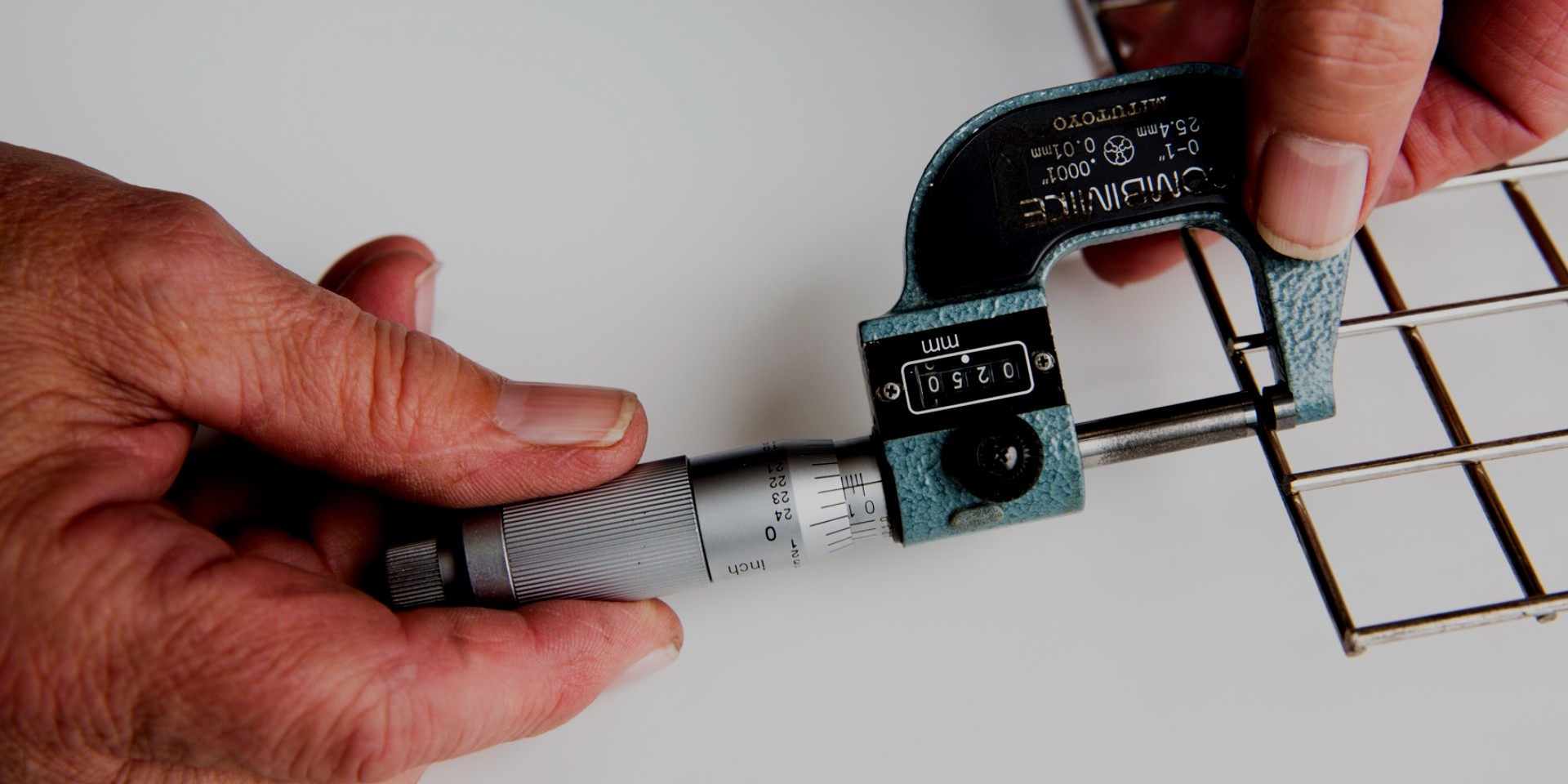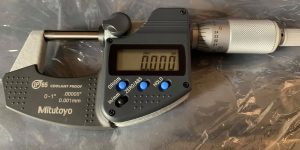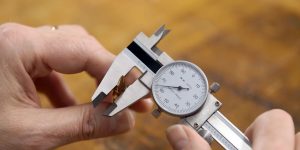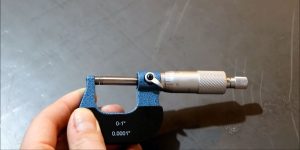Whether you’re a professional mechanic or just someone who likes to work on your car, you’ve probably heard of the micrometer. But what is it used for? And more importantly, how can you use it to measure things accurately?
In this post, we’ll answer those questions and show you how to use a micrometer to measure everything from the thickness of a piece of metal to the width of a hair. So read on to learn more about this handy tool!
What is a micrometer?
A micrometer is a tool that is used to measure small objects or distances. For example, you can use it to measure the thickness of a piece of metal, the width of a hair, or the size of a small object. The micrometer is a very precise tool, and it is important to know how to use it correctly to get accurate measurements.
Components of a micrometer
There are several different parts to a micrometer, and each one has a specific purpose.
- The frame is the main body of the micrometer, and it holds all of the other components.
- The anvil is the part of the micrometer that the object being measured is placed against. It is a small, flat surface that is attached to the frame.
- The spindle is the part of the micrometer that does the actual measuring. It is a small rod that is attached to the frame and has a knob on one end.
- The barrel is the part of the micrometer on which the spindle is attached. It is a cylindrical piece that fits over the frame and has a knob on one end.
- The locking nut is a small knob that is used to lock the spindle in place. It is located on the barrel, just below the spindle.
- The thimble is the part of the micrometer that you turn to move the spindle. It is a small cylinder that fits over the spindle and has marks indicating the measurement.
- The ratchet stop is a small device that prevents the thimble from being turned more than one full turn. It is located on the frame, just below the thimble.
- The first thing you need to do is find the zero mark on the thimble. The mark indicates where the spindle is positioned when it is not touching the object being measured.
- Next, you need to find the measurement that you want to take. For example, if you want to measure the thickness of a metal sheet, you would look for the mark that indicates 0.1mm.
- Once you have found the correct measurement, you can start to take the measurement. To do this, you will need to turn the thimble until the spindle touches the object. The mark on the thimble will indicate the measurement.
- Finally, you need to lock the spindle in place so that it doesn’t move. To do this, you will need to turn the locking nut until it is tight.
- When you are finished taking the measurement, you can release the locking nut and unscrew the thimble. It will allow you to remove the micrometer from the measuring object.
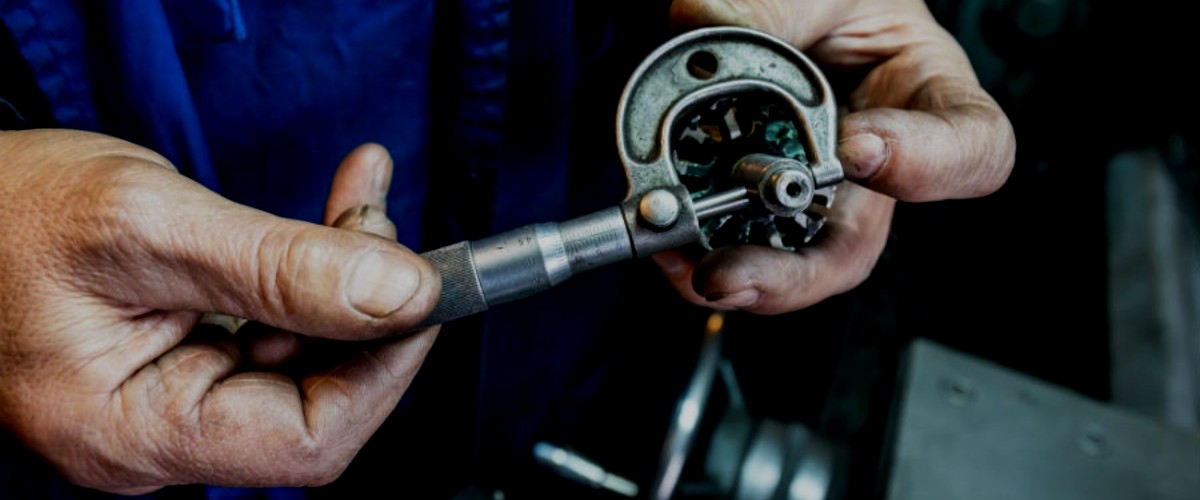
How to use a micrometer?
Using a micrometer is not difficult, but there are a few steps that you need to follow to get accurate measurements.
First, you need to calibrate the micrometer. It means that you need to set the spindle to the correct position to take accurate measurements. To do this, you will need to use a calibration wrench.
Next, you need to place the object you want to measure on the anvil. Make sure that it is positioned correctly before you begin to measure. Now, you can start to take measurements. To do this, you will need to turn the thimble until the spindle touches the object. The marks on the thimble will indicate the measurement.
Finally, you need to lock the spindle in place so that it doesn’t move. To do this, you will need to turn the locking nut until it is tight. Now, you can remove the object and write down the measurement.
When you are finished taking the measurement, you can release the locking nut and unscrew the thimble. It will allow you to remove the micrometer from the measuring object.
What is a micrometer used for?
There are many different things that you can use a micrometer for. For example, it is often used to measure the thickness of metal, the width of a hair, or the size of small objects.
A micrometer is also a very helpful tool for automotive work. For example, you can use it to measure the thickness of brake pads, the size of bearings, or the diameter of a tire.
In short, a micrometer is a very versatile tool that can be used for a variety of different tasks. So whether you’re a mechanic or a manufacturer, you will find a use for this handy tool!
How to read a micrometer?
Reading a micrometer is not difficult, but it is important to know how to do it correctly to get accurate measurements.
As you can see, reading a micrometer is not difficult. However, it is important to make sure that you follow the steps correctly to get accurate measurements.
How to calibrate a micrometer?

It is important to calibrate your micrometer regularly to ensure that it is giving accurate readings.
There are a few different ways to calibrate a micrometer, but the most common method is to use a calibration wrench. It is a special tool that is used to calibrate micrometers. To use it, you first need to screw the thimble down.
Then, place the calibration wrench on the anvil and turn it until it is snug. At this point, you can unscrew the thimble and read the measurement on the thimble. It is the correct reading for that particular micrometer.
If your micrometer is not giving accurate readings, you may need to adjust the screw on the barrel. It is a small screw that is located just below the locking nut. Turning this screw will move the spindle and change the calibration of the micrometer.
Types of Micrometers
There are many different micrometers, each designed for a specific purpose.
The most common type of micrometer is the outside micrometer. It is the type of micrometer most often used in automotive and manufacturing applications. For example, outside micrometers measure the thickness of metal, the width of a hair, or the size of small objects.
Another common type of micrometer is the inside micrometer. This type of micrometer is used to measure the inside diameter of a small hole in objects such as pipes and tubes.
Depth micrometers are another type of micrometer that is commonly used. As the name suggests, they are used to measure the depth of objects.
Specialized micrometers
Digital Micrometers
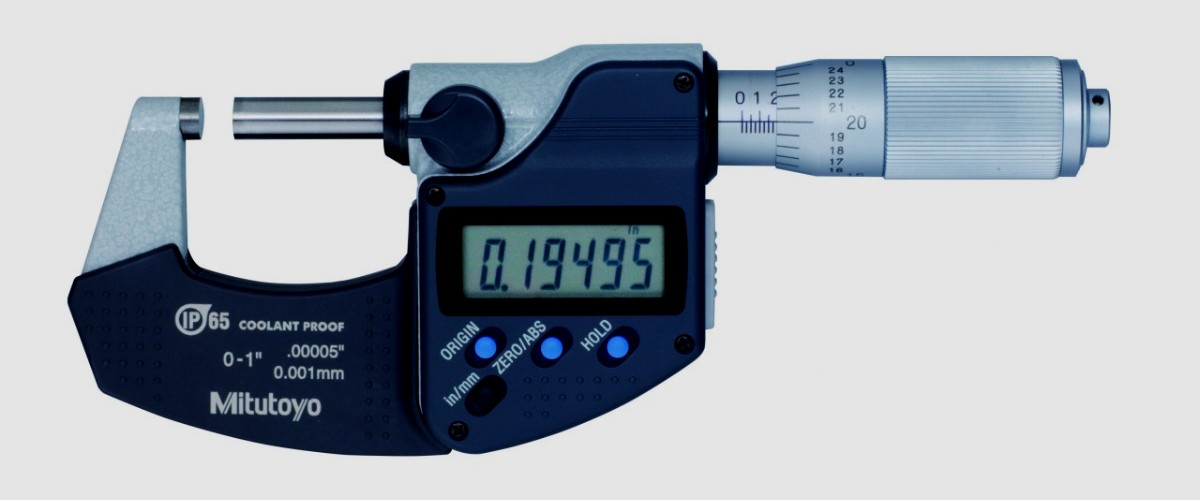
Digital micrometers are becoming increasingly popular as they are more accurate and easier to read than traditional analog micrometers.
A digital micrometer consists of a digital display that shows the measurement and a digital probe used to take the measurement.
Digital micrometers are more expensive than traditional analog micrometers, but they are worth the investment if you need to take accurate measurements.
Ball Micrometers
Ball micrometers are similar to outside micrometers, but they have a small ball on the end of the spindle. The ball is used to take the measurement, and it is more accurate than a traditional straight-sided micrometer.
Ball micrometers are often used in applications where accuracy is critical, such as in the medical field. Ball micrometers are a type of micrometer used to measure the diameter of small objects.
Tube Micrometers
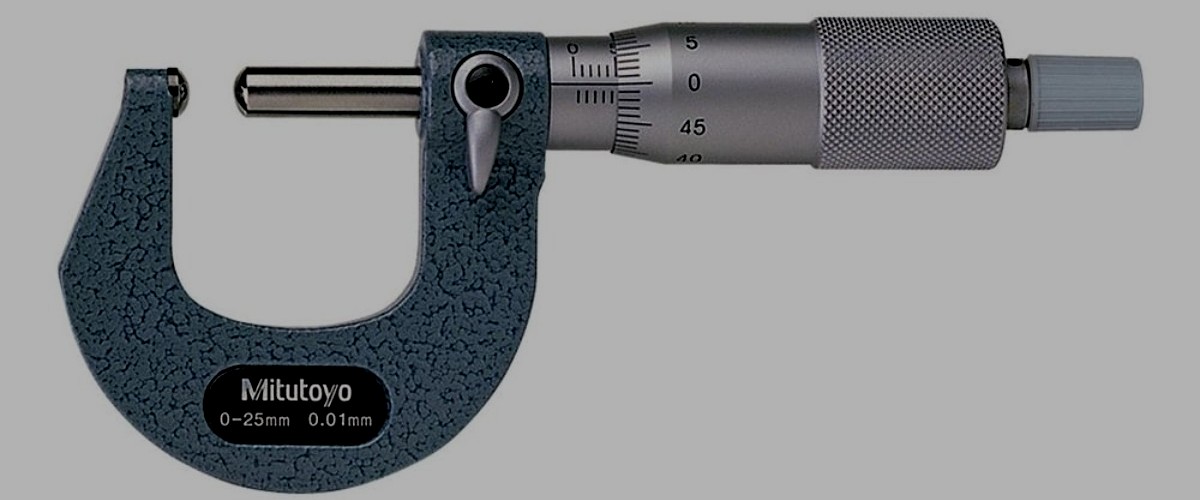
Tube micrometers are a type of micrometer that is used to measure the inside diameter of small tubes. Tube micrometers are inside micrometers that have a long, narrow probe. They are often used in the plumbing and automotive industries.
Vernier Micrometers
Vernier micrometers are a type of micrometer that is used to take very precise measurements.They have a vernier scale, which is a scale that allows you to take very accurate measurements. Vernier micrometers are often used in engineering and scientific applications.
Blade Micrometers

Blade micrometers are a type of micrometer that is used to measure the thickness of thin objects. Blade micrometers have a thin, blade-like probe that is inserted between the object being measured. Blade micrometers are often used in the electronics industry.
Value Micrometers
Value micrometers are a type of micrometer that is used to measure the value of an object. Value micrometers are similar to regular micrometers, but they have a built-in scale that allows you to determine the value of an object. Value micrometers are often used in the jewelry industry.
Pitch Micrometers
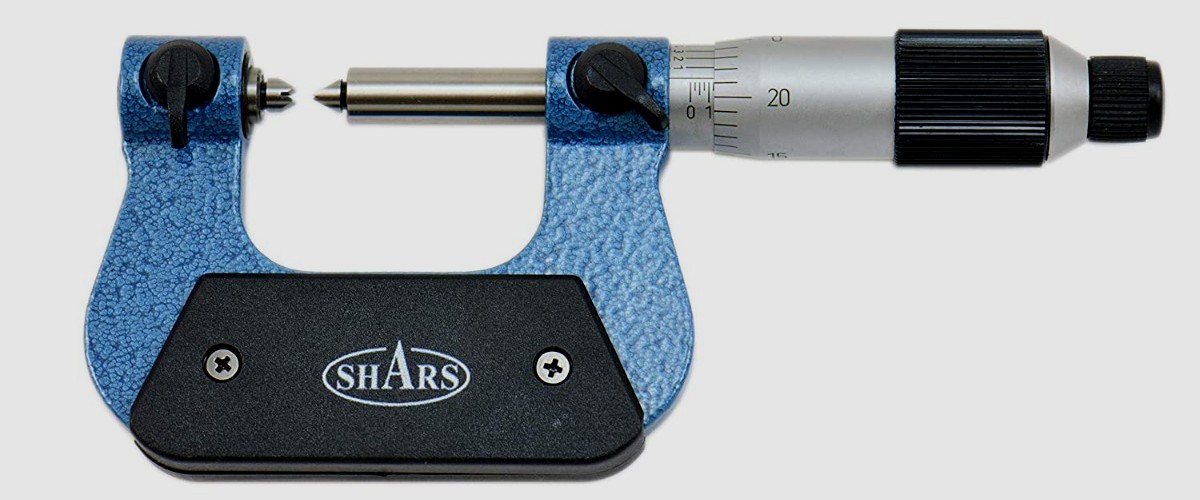
Pitch micrometers are a type of micrometer that is used to measure the pitch of a thread. Pitch micrometers have a probe with a thread on it. The probe is inserted into the thread, and the measurement is read from the scale. Pitch micrometers are often used in the manufacturing industry.
Gage Block Micrometers
Gage block micrometers are a type of micrometer that is used to measure the thickness of gage blocks. Gage block micrometers have a probe with a V-shaped notch. The probe is inserted into the notch of the gage block, and the measurement is read from the scale.
Gage block micrometers are often used in the machining industry. Specialized micrometers such as digital, ball, tube, and vernier micrometers are more expensive than traditional analog micrometers, but they are worth the investment if you need to take accurate measurements.

